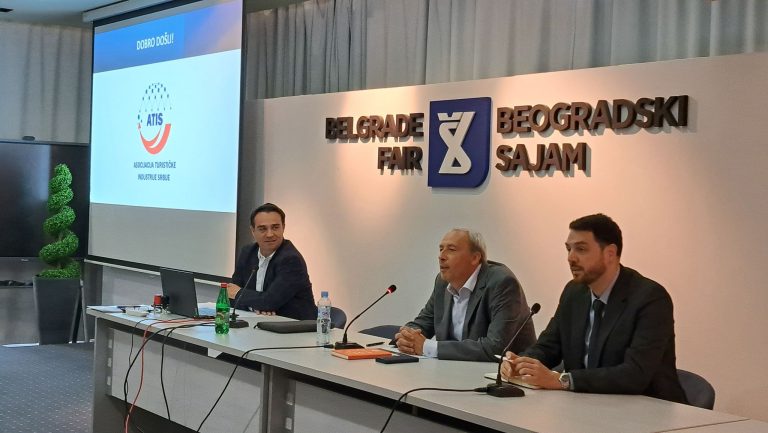New Serbian Tourism Industry Association: Savior or Just Another Empty Promise?
Welcome to the world of Serbian tourism, where a new association with big ambitions has been founded. But is this really the solution or just another story that will quickly fade away? The Association of the Tourism Industry of Serbia (ATIS) was established on June 12 and brings together 30 companies, including the ten largest travel agencies, ten hotels, car rental and bus companies, as well as the national airline ER Serbia, Singidunum University, insurance company Delta Generali, and others.
What are the goals of this association?
ATIS claims it wants to strengthen the institutional voice of tourism in Serbia, improve the business environment, and contribute to sustainable tourism development. The goal is to create a modern platform for cooperation and strategic representation of the tourism industry’s interests at the national and international levels. Director Dejan Veselinov emphasizes that the association will advocate for improving the legislative framework, strengthening dialogue with the government, promoting sustainable tourism, supporting digital innovations, developing workforce standards, and combating the grey economy and unfair competition.
Tourism in Serbia: Is it really that bad?
Economist Dragovan Milićević claims that Serbian tourism was practically destroyed in the first three months of this year, which is an alarming fact. ATIS General Secretary Milan Lainović points out that Serbia receives about 4.5 million tourists annually but lacks enough serious professionals to manage tourism. He warns that without investment in education and professionalization, the growth trend in tourism could be lost.
Education and the future of tourism
ATIS plans to raise public awareness about the importance of tourism and improve the knowledge and skills of professionals. The goal is for students and future tourism workers to get jobs immediately after finishing their studies. Tourism, they say, is not just an industry but also a social and economic development of the country.
Is this just another association or real change?
Considering that Serbia already has many associations and organizations, the question is whether ATIS will manage to make a real difference. Will it succeed in combating the grey economy and unfair competition? Will it truly improve the legislative framework and business environment? Or will everything remain on paper and in nice words?
Conclusion
Serbian tourism is at a crossroads. With 4.5 million tourists annually, the potential is huge, but without serious people and real reforms, everything can quickly collapse. ATIS aims to be a key partner in tourism development, but time will tell if this is just another empty story or a real chance for change.
What do you think? Do you believe this new association will bring a revolution to Serbian tourism or is it just another bureaucratic bubble? Drop a comment and let’s see who’s the optimist and who’s the realist in this story!












